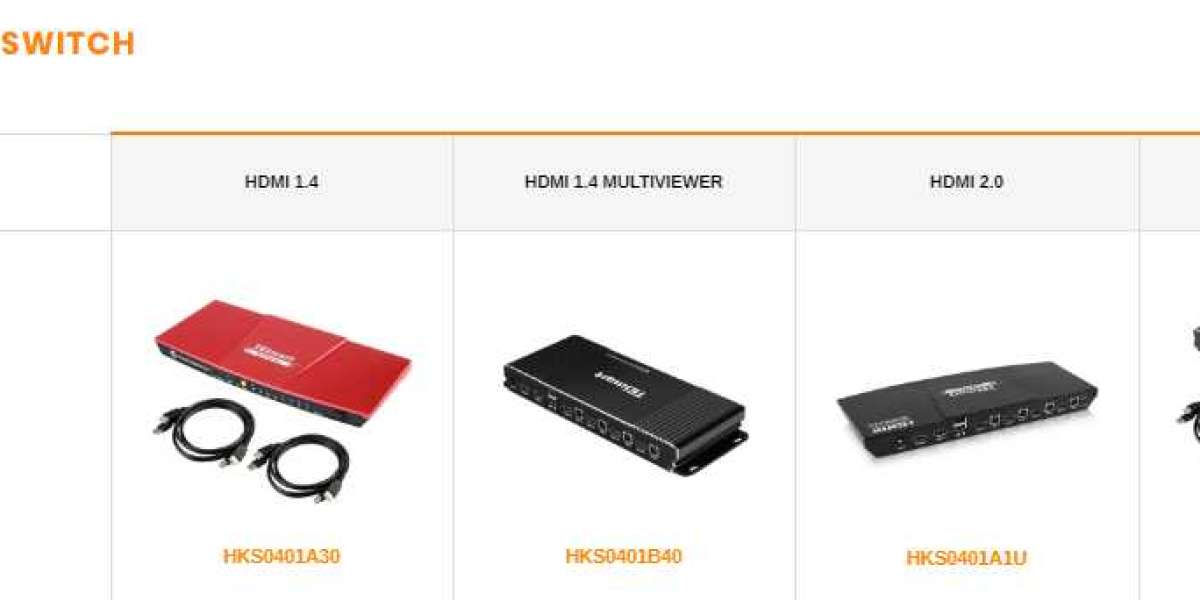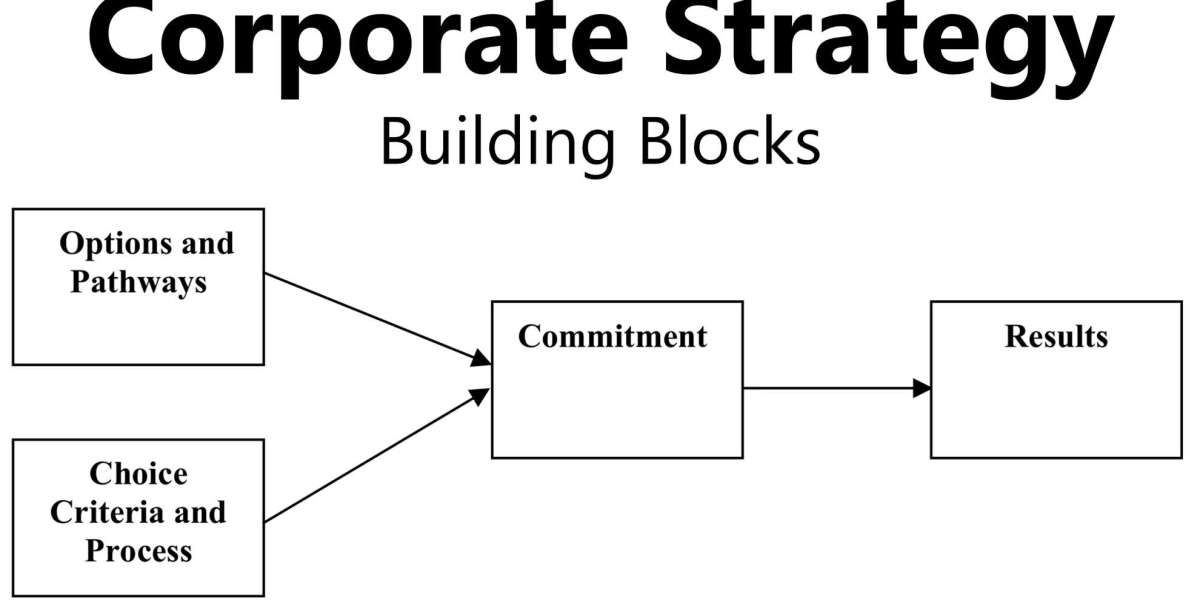The single most visible and impactful application of Retail Automation Software in the United States is the revolution happening at the front of the store: the automation of the checkout process. This trend is driven by a powerful consumer demand for speed and convenience and a clear business need to reduce labor costs and to reallocate staff from transactional tasks to higher-value customer service roles. The software powering this transformation enables a range of technologies, from the now-ubiquitous self-checkout kiosks found in every major grocery and big-box store to the more advanced "scan-and-go" mobile applications that allow customers to scan items with their own smartphone as they shop and to bypass the checkout line altogether. The most cutting-edge application is the fully autonomous, "just walk out" store, pioneered by Amazon Go, where computer vision and AI automatically detect what a customer takes and charges their account, completely eliminating the concept of a checkout. This focus on creating a frictionless, wait-free checkout experience is a central battleground in the US retail industry.
Key Players
The key players in this customer-facing automation space are a diverse group. The first are the traditional Point-of-Sale (POS) and self-checkout hardware and software vendors, such as NCR and Toshiba Global Commerce Solutions. These companies have a massive installed base in US retail and are the primary providers of the self-checkout kiosks that are the most common form of checkout automation today. The second, and most disruptive, key player is the technology giant Amazon. With its "Just Walk Out" technology, which it uses in its own Amazon Go stores and is now licensing to other retailers, Amazon has established itself as the leader in autonomous retail. A third group consists of a new generation of venture-backed AI startups, like Standard AI and Grabango, which are developing their own competing computer vision-based platforms for autonomous checkout, often with a more flexible, retrofit-friendly approach than Amazon's. Finally, the major US retailers themselves, like Walmart, Kroger, and Albertsons, are key players as the massive adopters and co-developers of these technologies, often running their own innovation labs to test and scale new checkout concepts like "smart carts."
Future in "Retail Automation Software"
The future of checkout automation in the United States will be a story of increasing sophistication and diversification. While self-checkout kiosks will remain a feature, the future growth will be in more advanced technologies. The "just walk out" model will continue to expand from small-format convenience stores into larger grocery and retail environments, although the high upfront cost will be a limiting factor. A major future trend that will likely see more widespread adoption is the "smart shopping cart." These are carts equipped with cameras, sensors, and a payment terminal, allowing the customer to scan items as they place them in the cart and to pay directly on the cart itself. This provides a frictionless experience without the massive infrastructure investment required for a full "just walk out" store. The future will also see a much deeper integration of the checkout process with the retailer's loyalty program and mobile app, allowing for the delivery of personalized offers and recommendations in real-time as the customer shops. This is a level of technological adoption at the storefront that is far more advanced than in less developed retail markets like South America.
Key Points "Retail Automation Software"
Several key points define the automation of the US retail checkout. The primary driver is the consumer demand for a faster, more convenient, and contactless shopping experience. The key players are a mix of traditional POS vendors, the tech giant Amazon with its leading autonomous store technology, and innovative AI startups. The future will see a diversification of technologies, with both "just walk out" stores and "smart shopping carts" playing a significant role. This trend is fundamentally changing the physical layout of the store and the role of the frontline store associate, shifting them away from being cashiers and towards being customer service and fulfillment specialists. The Retail Automation Software size is projected to grow to USD 24.79 Billion by 2035, exhibiting a CAGR of 10.1% during the forecast period 2025-2035.
Top Trending Reports -






